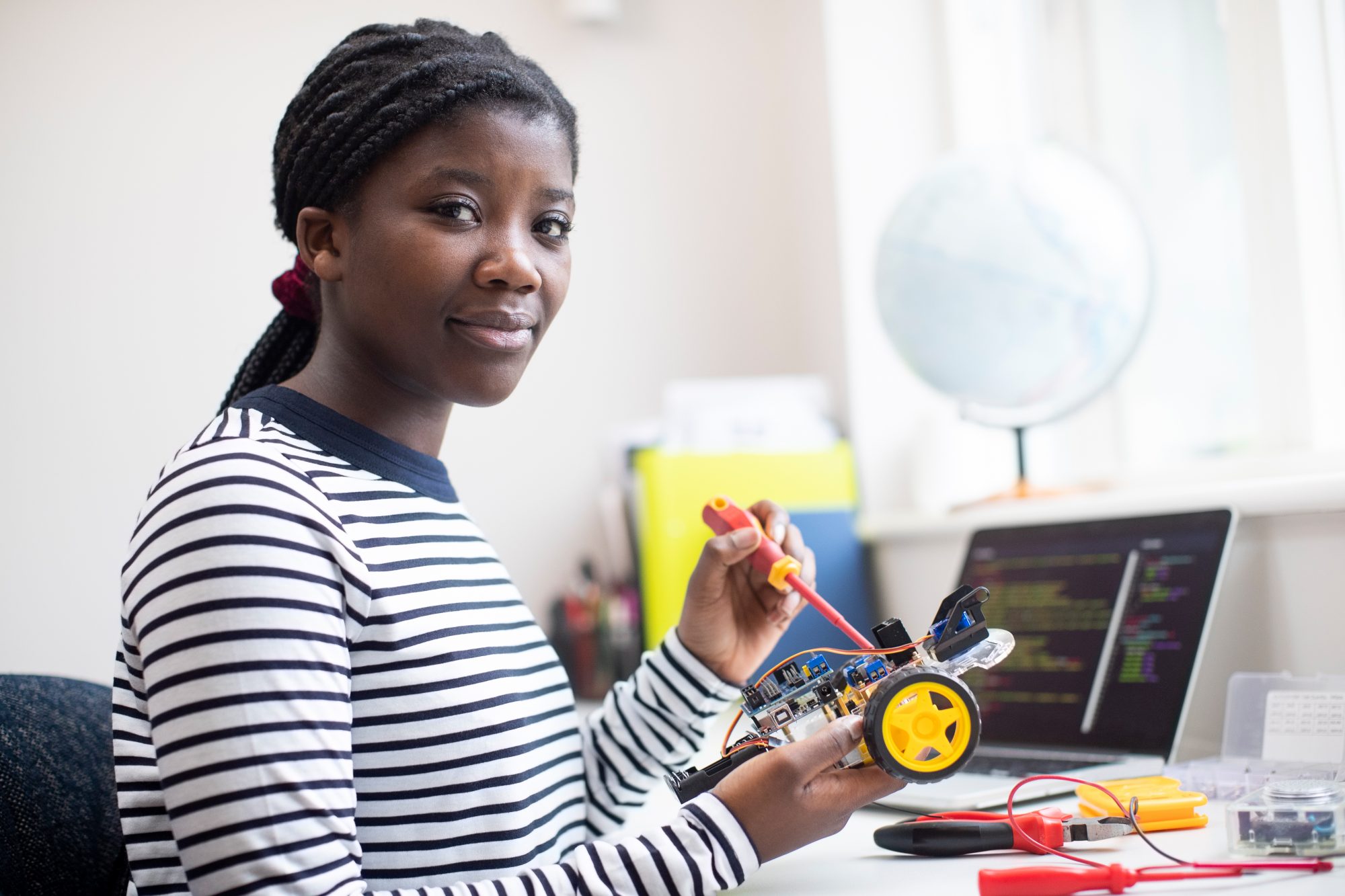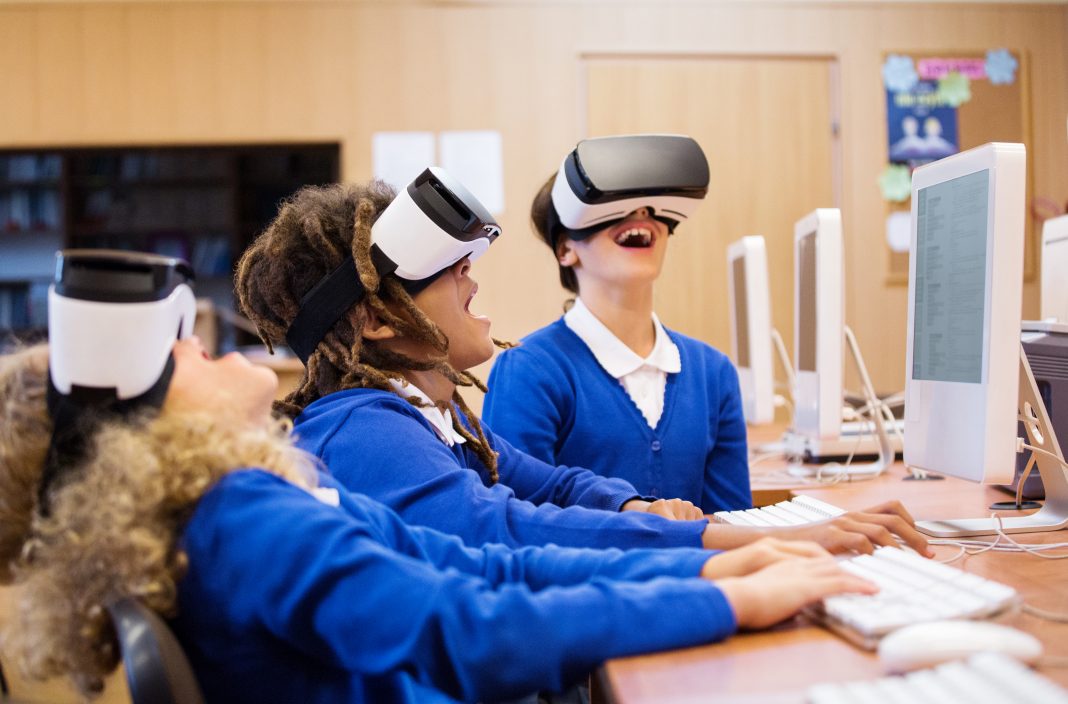Researchers find that gender inequality in computer science begins for girls as early as the third grade
Allison Master, assistant professor of psychological, health and learning sciences at the University of Houston College of Education, conducted a study looking at gender inequality in computer science to understand when girls lose their optimism about computer coding.
In the UH study, research finds from speaking to girls as young as the third grade, the chances of growing up to be a computer scientist is heavily dependent on gender.
It is no surprise that women are highly under-represented in fields like computer science, as the field itself is globally male-dominated.
How did computer science become male-dominated?
This cultural trend, as found by Jess Romeo, happened in the mid-1960s, when there was a “newfound appreciation for computer programmers, combined with an increasing demand for their services, was accompanied by an equally dramatic rise in their salaries.”
This brought more male professionals to the field, who didn’t want to be associated with lowly coding clerks (who were mostly women).
To elevate themselves, men emphasised the esoteric nature of their discipline, deriving professional authority from individualism, personal creativity, and an obscure, almost arcane, skill set.
This later became a bias in the industry, as companies began selecting candidates using aptitude tests that favoured “antisocial, mathematically inclined, and male” candidates.
The stereotype is more pervasive as girls age
Gender inequality in computer science can be traced back to early elementary-school ages, when computer science tasks were increasingly welcomed by most boys but shunned by girls as they grew older.
Master said: “Our new research addresses a big, longstanding issue in STEM education, that women are highly under-represented in fields like computer science. It’s actually one of the most challenging fields for women’s representation. Only about 20% of people who major in computer science are women.”
Only about 20% of people who major in computer science are women
A shift in girls’ interest in computer coding and a decrease in their confidence to learn starts around third grade.
Boys’ interest and confidence continue to grow over the years. But among older girls, negative stereotypes about who can become a computer scientist starts to creep in.
But it’s not the children, themselves, who create these assumptions and stereotypes
The research team found that girls had positive outlooks which did include female computer scientists, which suggests the stereotype is more likely to come as they get older from adults in their lives and the popular media that surrounds the children.

What causes a prospective-career change in third-grade girls?
Master said: “It’s no coincidence that this is approximately the age when kids start taking notice of things like social media, as well as books and TV programs that usually depict smart scientists as white or Asian men, rarely a woman of any description. It sends a huge signal.”
Master’s research team also studied kindergarten through 12th grade students’ approach to STEM-related studies to analyse first, second and third graders’ motivation for computer coding and how gender inequality in computer science prevails.
Their findings reveal two main trends: equality and widening gaps
The youngest girls and boys proved to be equal in their interest in learning skills needed for coding and confidence in the lessons.
“What’s really lovely about this research is we find that girls in first through third grades feel very welcoming about coding and computer science. They believe they are going to be good at coding and will enjoy learning it.
“By the time the girls are in middle school and look around at who’s taking advantage of computer science activities — the after-school clubs, the summer camps — it’s mostly boys. And when adults talk about these fields, negative stereotypes get communicated further.
“As years go on, the coding camp opportunities and science-related birthday gifts tend to go more often to sons and not to many daughters.”
Reaching out to girls to inspire them to enrol in more computer science classes
To counter the stereotypes of gender inequality in computer science, the team of researchers are sharing their findings with teachers and have begun reaching out to middle school girls and boys to determine what would inspire them to enrol in more computer science classes.
Master said: “Right now, we’re interviewing middle schoolers and getting their video testimonials about what they love about doing coding.
“We hope to build some materials that could inspire interested students, including more girls, to be excited about diving into foundational computer science classes.
“Our research supports this is a great time to introduce the lessons to girls. And if you get them started early and give them these positive experiences, they will want to continue with it when they get older.
“We need diversity of ideas and the full range of perspectives from the greater community.”
“Because technology and computer science have so many important influences in our society and the ways we can help one another, I think it’s important that we open the doors to broader participation in computer science.
“We need diversity of ideas and the full range of perspectives from the greater community.”
Master notes that the potential benefits of reaching out to young students could be far greater for gender equality beyond the classroom demographics.











